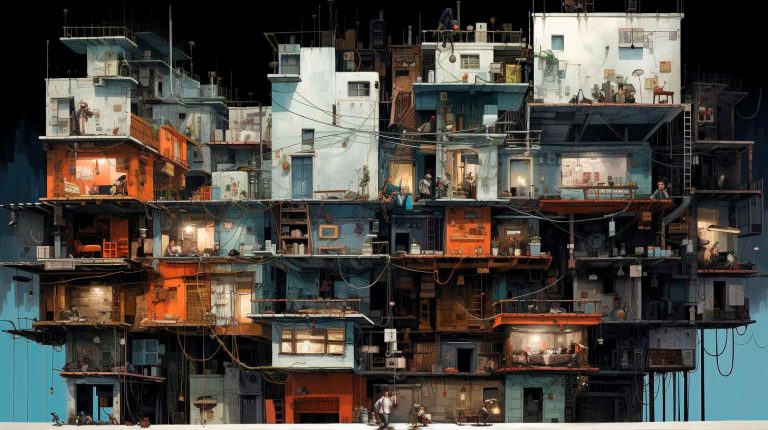Ethnographic photography, specifically, plays a crucial role in capturing moments of human experience and offering a unique window into diverse cultures. In this blog article, we will explore the significance of visual anthropology and how ethnographic photography aids in understanding culture.
The Power of Ethnographic Photography
Ethnographic photography allows anthropologists and researchers to visually document cultures, preserving them for future generations. With advancements in technology, including high-resolution cameras and editing software, photographers now have powerful tools at their disposal to capture the intricacies of cultures in stunning detail.
- Preservation of Culture: Ethnographic photography serves as a visual record of cultural practices, customs, and traditions that might fade away over time. These visual representations provide valuable insight into the historical and social fabric of a community.
- Authentic Representation: Photographs convey the essence of a culture in a way that words sometimes fail to capture. They allow viewers to glimpse into the daily lives, rituals, and ceremonies of different societies, presenting a more comprehensive and authentic portrayal of cultural practices.
- Engaging and Informative: Ethnographic photographs have the power to evoke emotions and spark curiosity. They create a connection between the viewer and the subject, fostering a sense of empathy and understanding towards different cultures.
Understanding Culture through Visual Anthropology
Visual anthropology uses ethnographic photography to gain insights into various aspects of culture. By analyzing visual material, researchers can better understand the nuances of societies and the factors that shape their identities. Here are some key areas where visual anthropology makes significant contributions:
Rituals and Traditions
Ethnographic photographs help document and analyze rituals, ceremonies, and traditions within different cultures. They provide valuable visual evidence about the significance and symbolic meanings associated with these practices. Researchers can study the visual elements, such as body language, dress, and objects, to delve deeper into the cultural context.
Material Culture
The material culture of a society includes the physical artifacts, objects, and tools used by its members. Through ethnographic photography, visual anthropologists can examine the material culture of different communities. They can analyze the design, functionality, and usage of objects to gain insights into the social, economic, and technological aspects of a culture.
Social Relationships and Structures
Photography allows researchers to study social relationships and structures within a community. By capturing intimate moments and interactions, ethnographic photographers can shed light on the dynamics between individuals, families, or communities. These visual representations aid in understanding power dynamics, social hierarchies, and gender roles prevalent in different cultures.
The Impact and Importance of Ethnographic Photography
Ethnographic photography not only helps us understand culture but also fosters cultural appreciation and preservation. Here are some key takeaways highlighting the impact and significance of ethnographic photography:
- Ethnographic photography preserves cultural heritage for future generations to learn from and appreciate.
- It offers a more comprehensive and authentic representation of cultures, fostering empathy and understanding.
- The visual medium transcends language barriers, making it accessible to a wider audience.
- Photographs contribute to academic research, aiding in the documentation and analysis of cultural practices.
- Ethnographic photography plays a role in raising cultural awareness and promoting cultural diversity.
In Conclusion
Visual anthropology and ethnographic photography provide a powerful means of understanding culture. By capturing visual representations of diverse societies, we gain insights into their traditions, rituals, material culture, and social structures. Ethnographic photography helps preserve cultural heritage, fosters empathy and understanding, and contributes to academic research. Through its impact and importance, it plays a significant role in broadening cultural awareness and appreciation. So, let us embrace the power of visual anthropology and celebrate the richness of our diverse world!



















+ There are no comments
Add yours